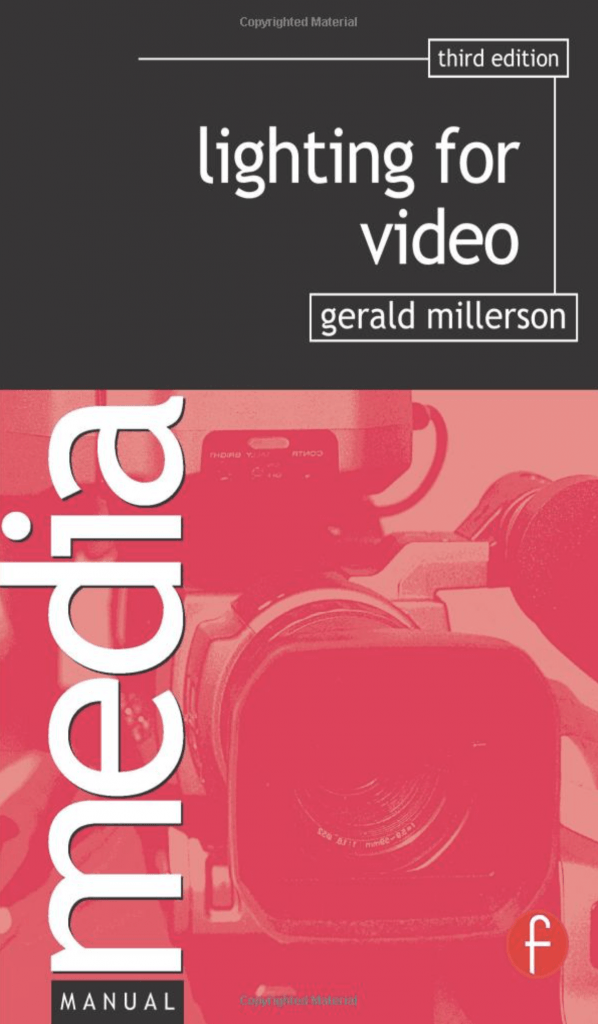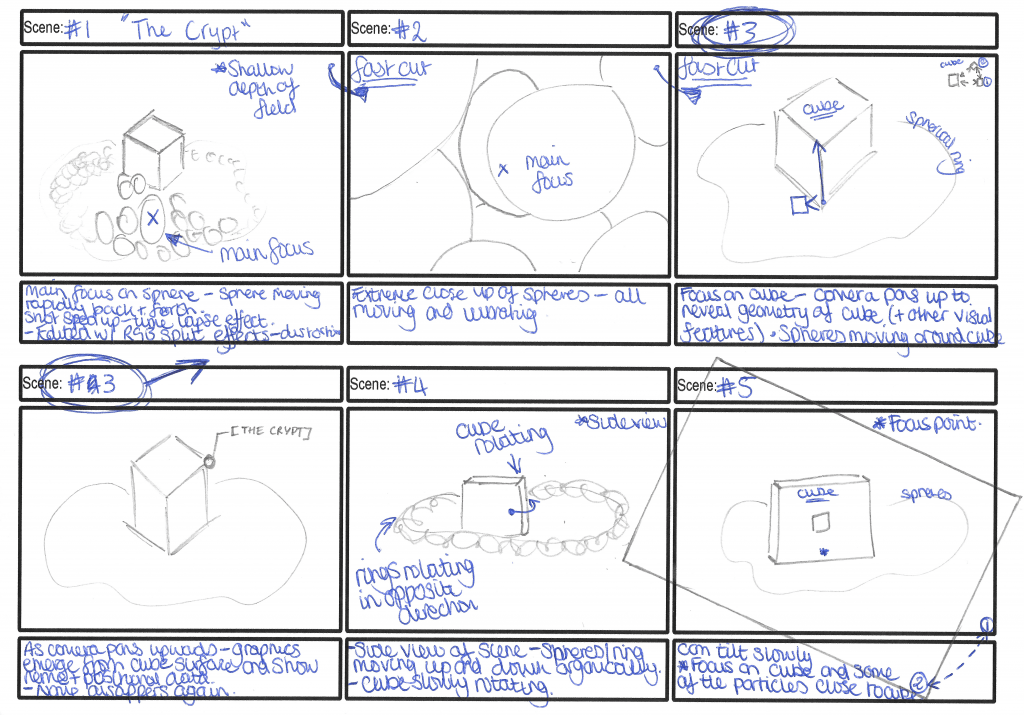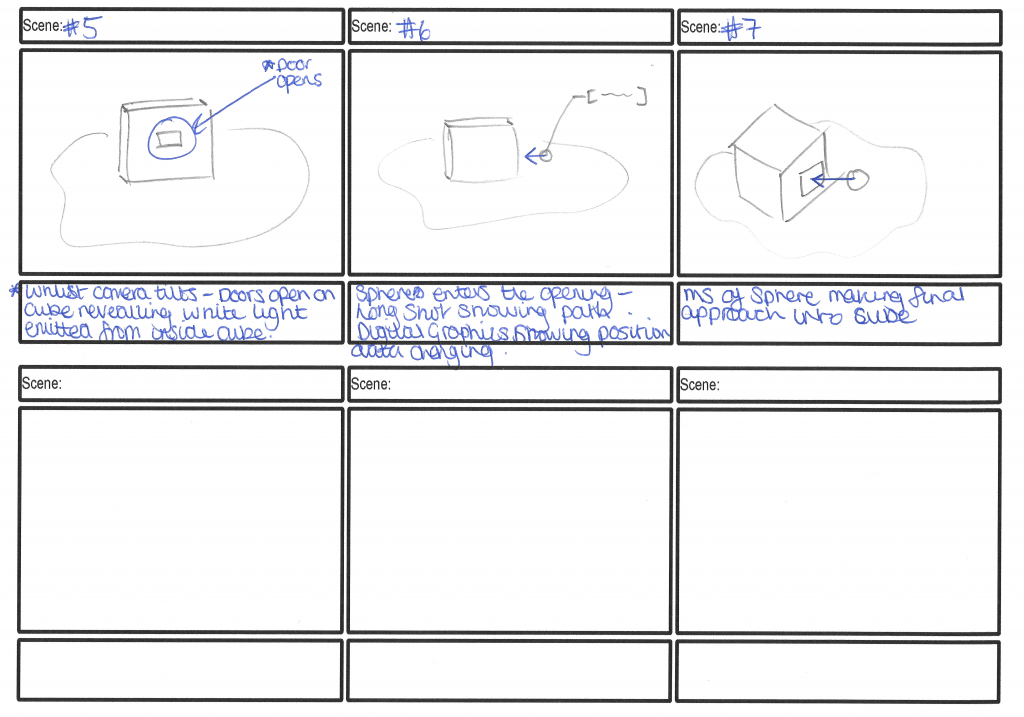Editing will be another aspect in my animation, this book explains when to cut and why which will aid in making my animation flow more smoothly and not cutting away prematurely.
Within the book I will be specifically looking at Chapters:
- The Edit (Page 40)
- The Cut (Page 50)
The Edit
An edit can be generalised as a transition between two shots, however, it can take many forms including: a straight cut, a mix (fade from one shot to another) and a fade (fade to black/white) – to which each of them connote different meanings. It is highly emphasised that when in the editing process that there should always be a good motivation to make a cut, either that being a visual edit within my animation or a auditory edit in sound to ideally denote new information to the audience. If this is adhered to, the fresh range of visual/auditory information will keep the audience interested in the animation without being too patronising – resulting in a higher finished project being created.
The Cut
Within an animation there are cuts in the visuals which stitch together the narrative, however, good cuts are usually made up of 6 key elements which intend to adhere to:
1) Motivation – During the final stages of my animation when I’m editing, there needs to be a good reason to cut from one piece of footage to another. If there is no new information being supplied in the next shot, the audience will become bored of what is being seen – for example, if I show a red coloured sphere and cut to another one, there is no extra info adding to the audiences experience. However, if instead of cutting to a plain red sphere, it cuts to an orange one it makes it slightly more interesting as different and something new is happening.
2) Information – Like above, a new shot should contain new information – for example, a red sphere cutting to an orange sphere. Although not a lot difference in present, the change in colour still adds to the diversity of each shot.
3) Composition – Each shot should have a reasonable composition, this should be a balance between a object space and negative space where nothing present but also the rule of thirds can be used. Having object falling on each third line will aid in achieve a more aesthetically pleasing shot.
4) Sound – Ideally, when an edit occurs there should still be some sort of sound continuity between shots – this will achieve a flowing narrative and help one shot flow into the next even if they aren’t related. Oppositely, if an edit occurs where a close up (CU) cuts to a long shot (LS) the sound could also reflect this by becoming quieter or echoed.
5) Camera Angle – Each new shot should be on a different camera angle, this can help give the audience more information about the subject in the composition. However, in my animation I feel that having similar camera angles will help keep the audience orientated in the space environment – constantly changing the came angle might make it hard for the audience to understand where they are in relation to the subject.
6) Continuity – Movement or action should be evident/similar in the last shot to new shot – this will be a key convention to follow, especially during the end of the animation where the sphere moves inside of the cube, as I plan on drawing the camera from the mid shot (MS) of this event to a LS and having it matched perfectly will be essential.






